Nowadays, women no longer have to manifest feminism by wearing trousers. Contemporary feminine fashion inspired by masculine style is also not considered a rebellious political declaration. No one is surprised by the view of a woman in wide trousers, a tie, and a suit walking down the street. Both accessories and clothing once reserved exclusively for men have ceased to have clear connotations and have become an indispensable element of clothing for many women.
Historians agree that oversize clothes gained popularity for the first time in the 1920s. World War I forced women to accept male duties, enter the labor market and adopt a more pragmatic approach to fashion, thus moving aside the raw corsets and long skirts. The pioneer of the new style has become Coco Chanel. She rejected the standard, feminine look by introducing a new trend – loosely fitting clothes for women: tweed jackets, suits and everyday outfits such as pants and thick knitted sweaters.
New fashions concealing feminine shapes have gained popularity in the years to come. Popularized by Marlene Dietrich or Katherine Hepburn, the use of men’s clothing has prompted many women not only to create their own stylizations but also to fight for emancipation. In the 1960s, women made enormous progress in the fight for equality, gaining more rights in the workplace and equal pay.
Loose shirts and pants are now the norm. Fashion has become very innovative and the disproportional look can be often considered attractive. Oversize clothes are not only comfortable and do not restrict freedom of movement, but can also be very chic, and sometimes even sensual.


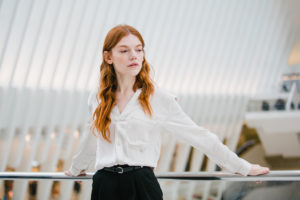
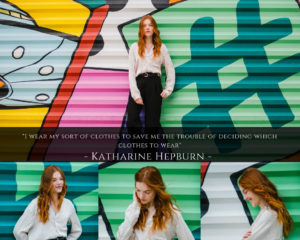
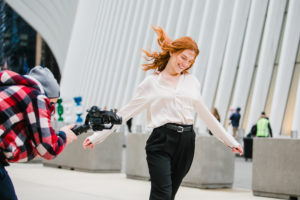
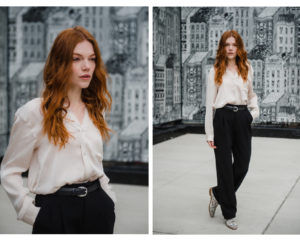
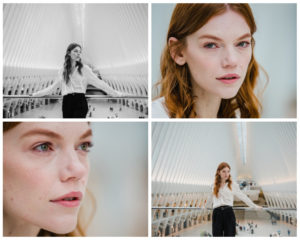

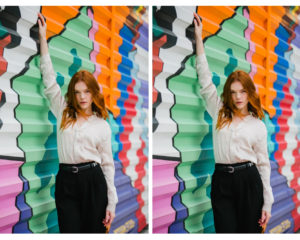
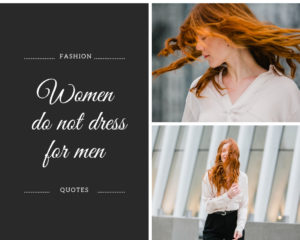

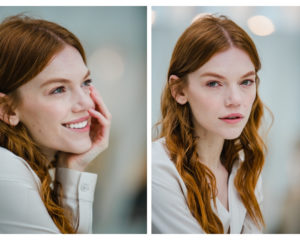

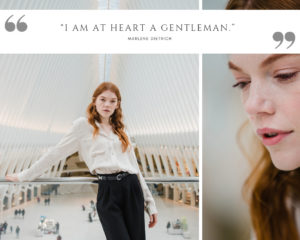

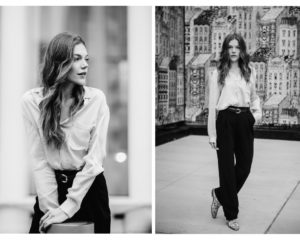
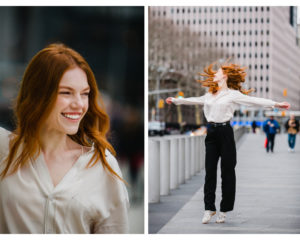
Top: Zara
Pant: Jil Sander
Shoes: The Shoe Box
Phot.: Felipe Lannes, @felipelannes